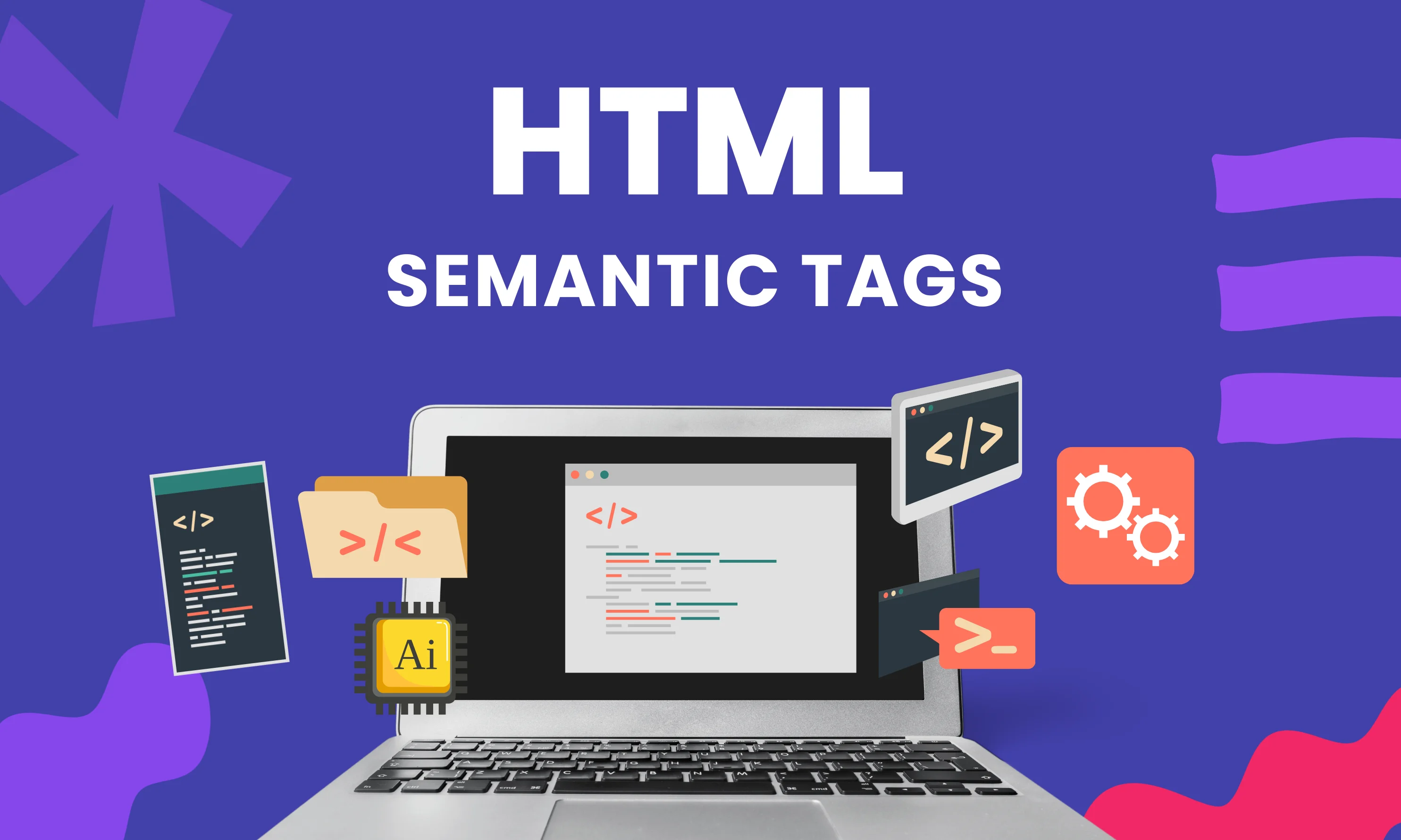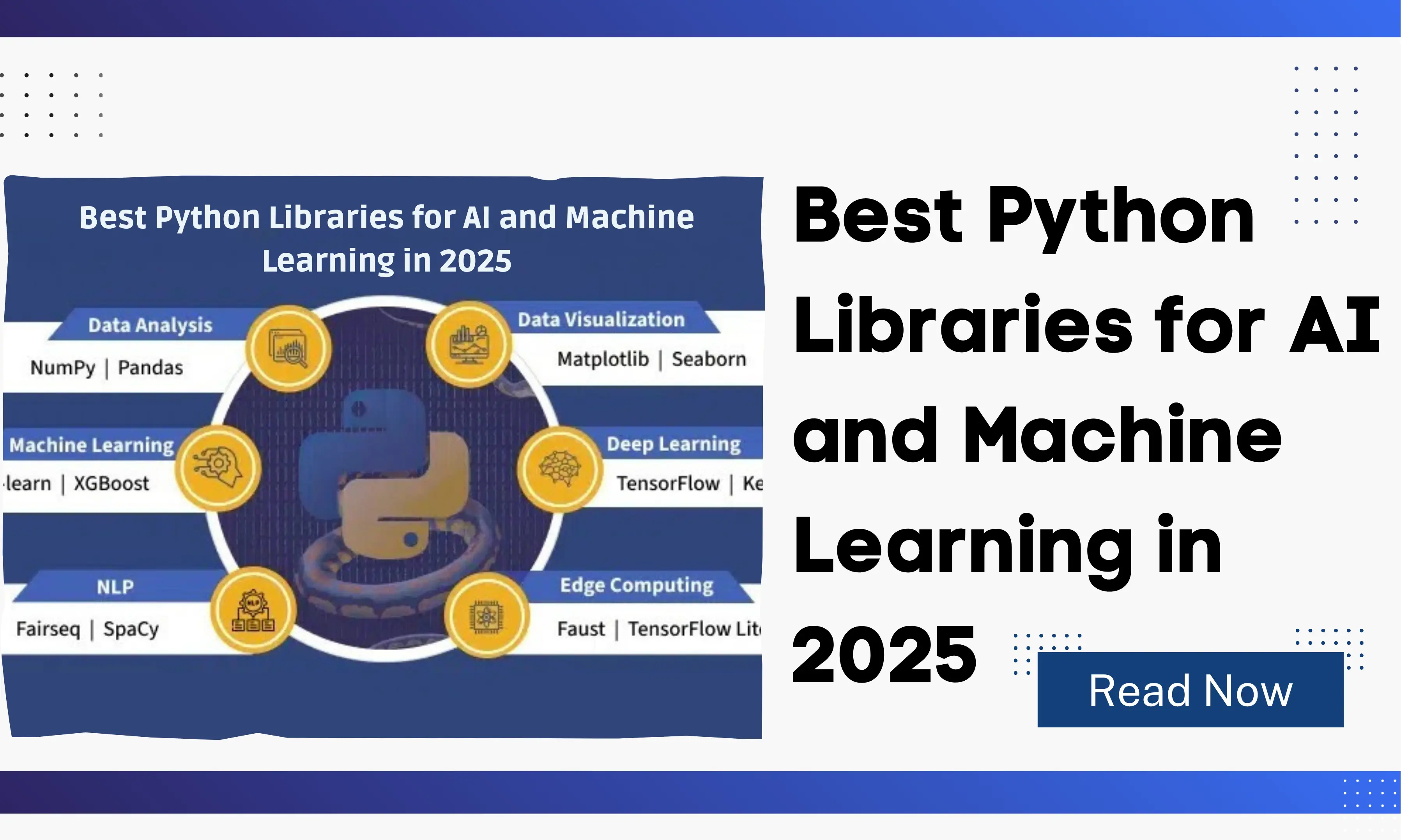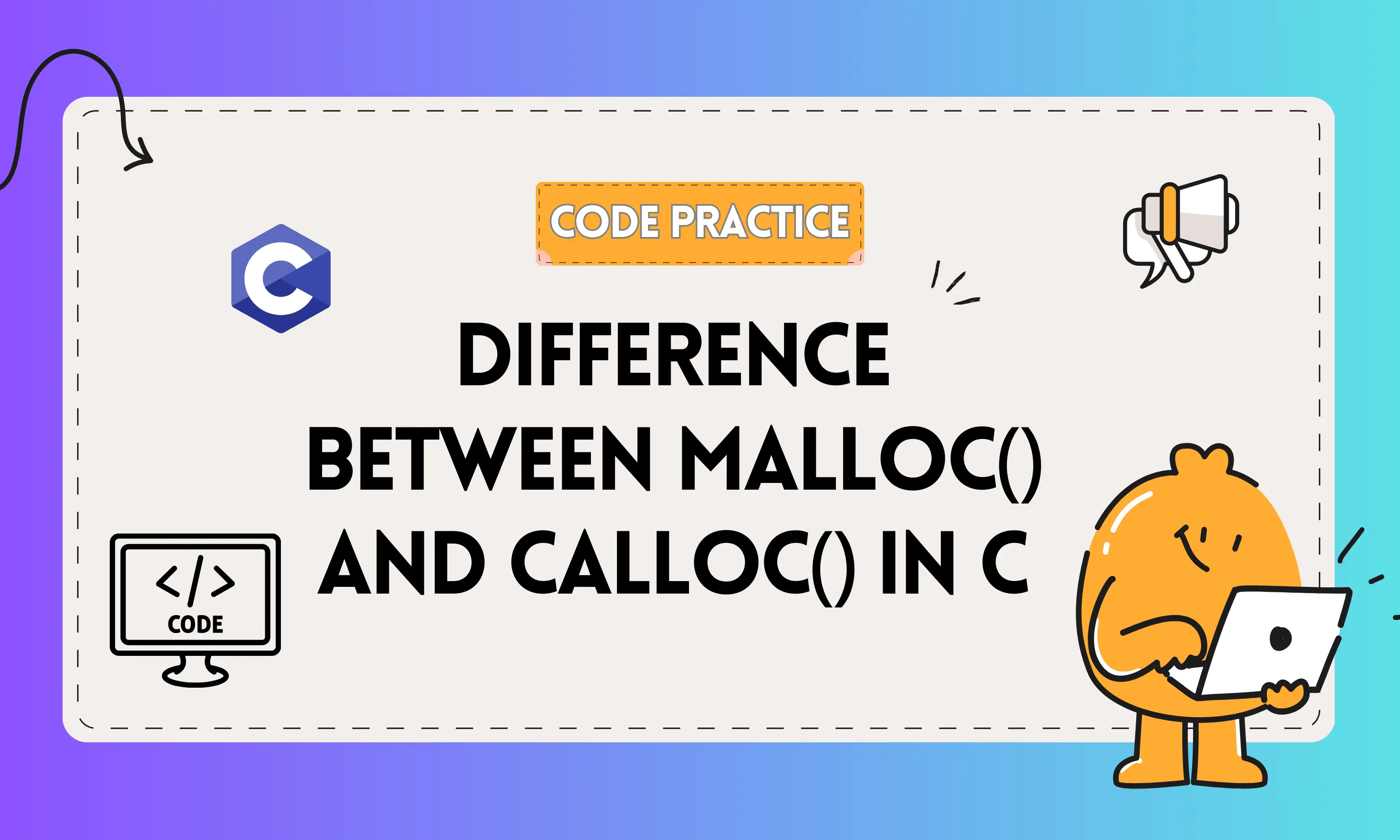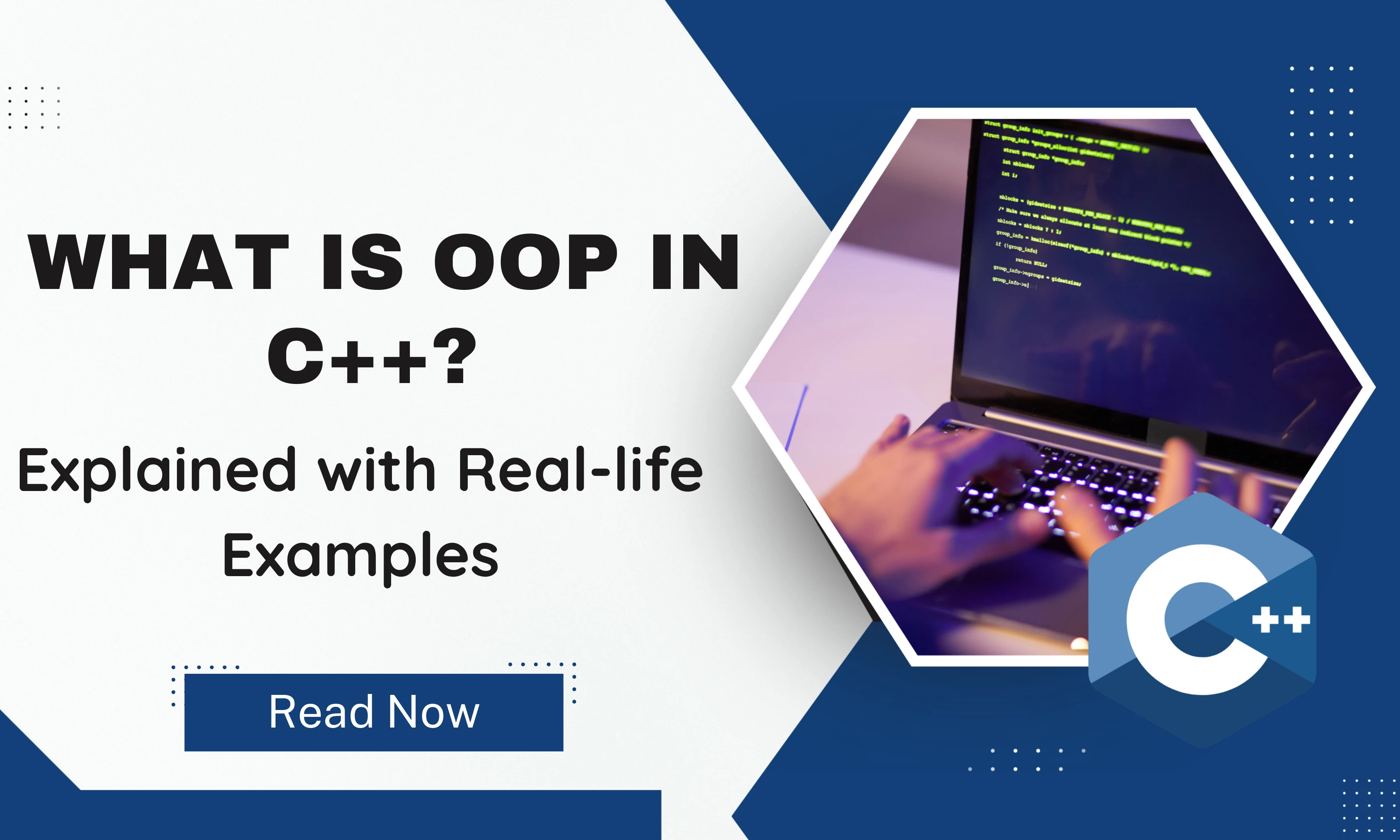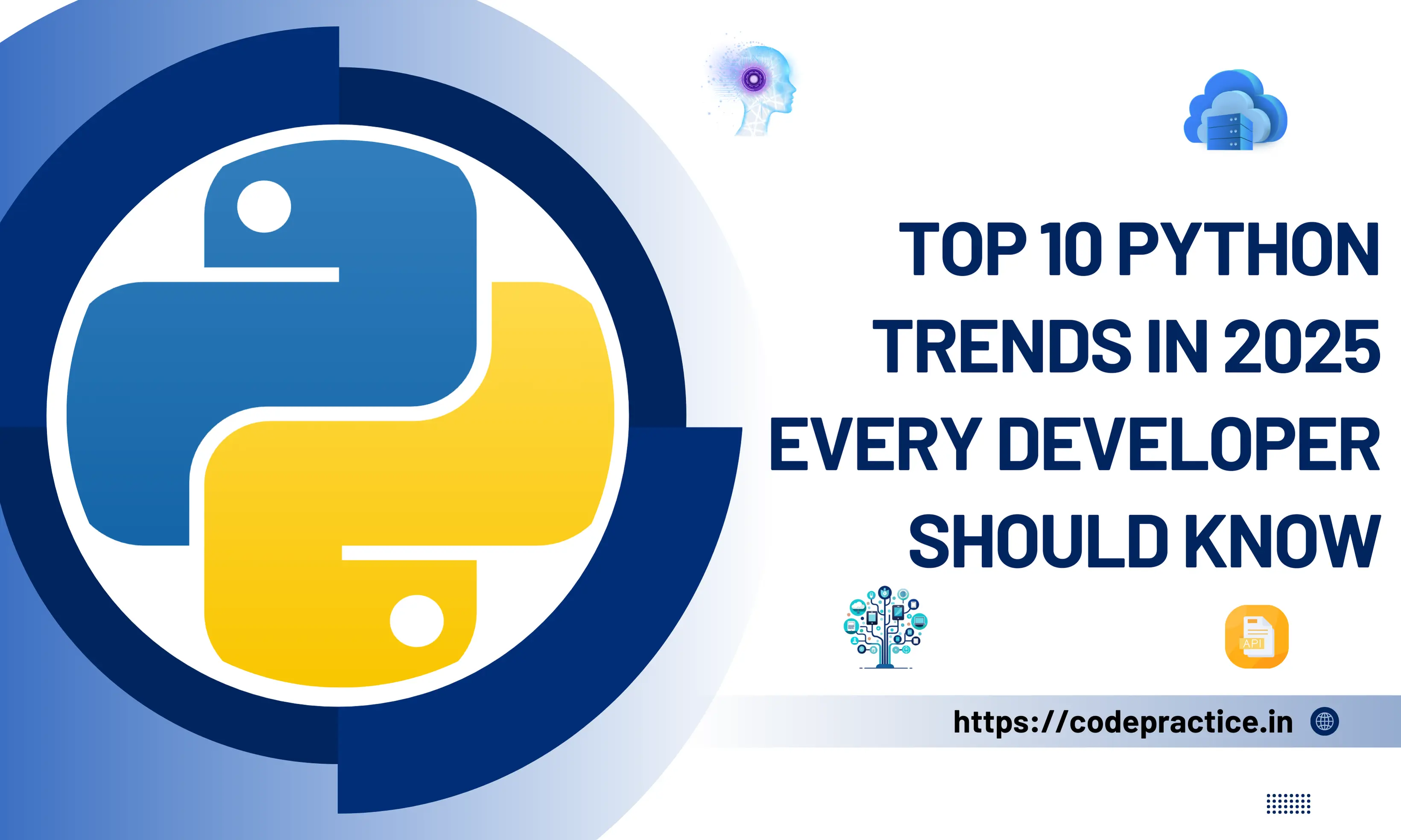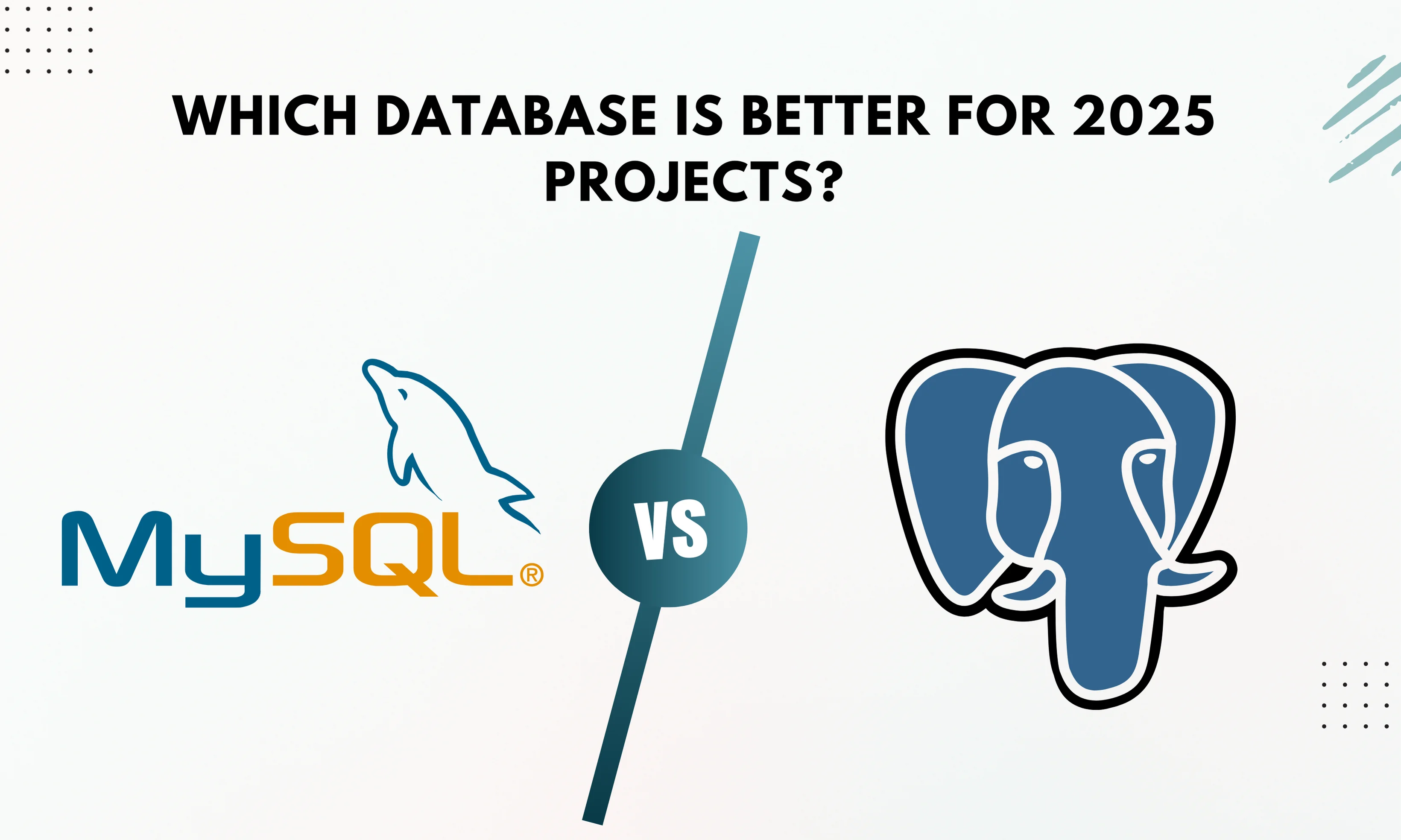-
Hajipur, Bihar, 844101
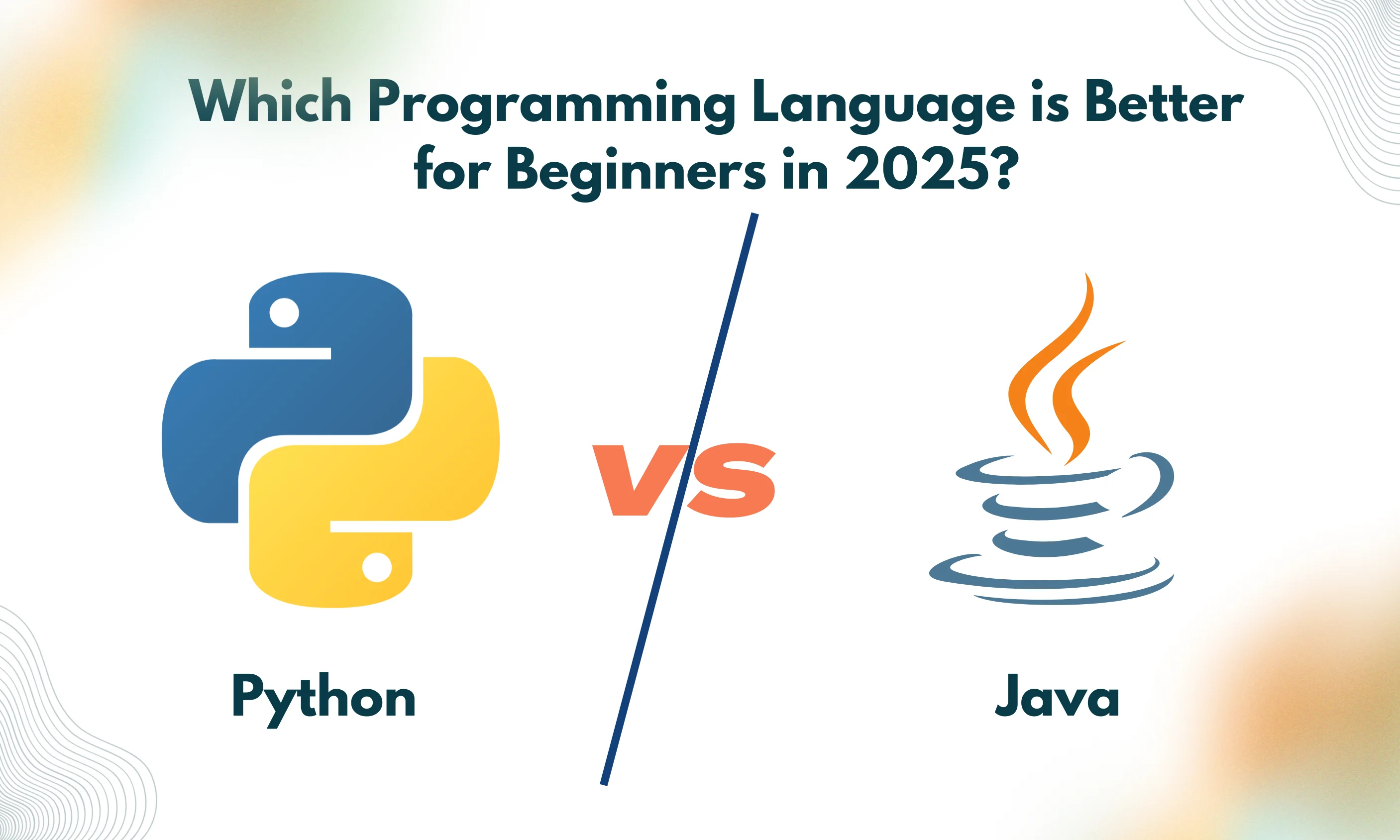
Python vs Java: Which is Better for Beginners in 2025?
If you’re stepping into the coding world in 2025, you’ve probably heard this debate a dozen times already:
“Start with Python! It’s super easy.”
“No way, Java is the better foundation for a real career!”
And then you’re stuck, wondering — which one should I choose?
Choosing your first programming language isn’t just about syntax or popularity — it’s about setting yourself up for success. Your first language shapes how you think about problems, how you approach projects, and even which career paths will be easier for you to enter.
In this complete guide, we’re going to explore Python vs Java for beginners in 2025 in a friendly, no-jargon way. We’ll talk about ease of learning, real-world applications, career opportunities, job market trends, and even the personality of each language so you can make the right choice for yourself.
Why the Debate Still Matters in 2025
Some experienced programmers will tell you, “It doesn’t matter what you start with, just start coding.” That’s partially true — but not the full story.
Here’s why the choice matters:
-
If your first language is too hard, you might get frustrated and give up before you even understand what coding can do.
-
If it’s too easy, you might not develop the deeper understanding needed for complex projects.
Python and Java have stood the test of time because they’re both powerful, widely used, and relatively beginner-friendly — but they teach you in very different ways.
Think of them like two different types of teachers:
-
Python is the friendly mentor who gives you quick wins and explains things in simple, everyday language.
-
Java is the strict coach who insists you learn the rules first, so you can play the big games later.
Both can make you a great developer — but they take different routes to get you there.
A Quick Introduction to Python and Java
Before we start comparing in detail, let’s understand what these two languages are all about.
Python 🐍
-
Year Released: 1991
-
Core Idea: Simplicity and readability
-
Popular Uses: Web development, data science, machine learning, scripting, automation, AI, cybersecurity tools
-
Learning Style: Almost like writing English sentences — less punctuation, fewer confusing rules
-
2025 Relevance: Python has exploded in popularity thanks to AI and automation demand.
Java ☕
-
Year Released: 1995
-
Core Idea: Structure, scalability, and cross-platform development
-
Popular Uses: Android apps, enterprise software, backend systems for banks, e-commerce, and cloud services
-
Learning Style: Strict, rule-driven, and very object-oriented — you’ll learn about classes, objects, and structure from day one
-
2025 Relevance: Java remains essential in enterprise systems and Android app development, with stable long-term career demand.
Ease of Learning: The First Hurdle for Beginners
Your first few weeks of coding can make or break your motivation. Let’s see how each language treats a beginner.
Python’s Learning Curve
Python is often called a “beginner’s dream language” — and for good reason. When you look at your first Python program, it feels short, clean, and approachable.
Example — Printing “Hello, World!”:
print("Hello, World!")
That’s literally all you need. No extra ceremony, no special keywords you don’t understand yet.
Why it’s beginner-friendly:
-
No need to declare variable types
-
Minimal punctuation (less chance of syntax errors)
-
You can run code instantly and see results
Python’s simplicity means you’ll spend more time learning programming concepts instead of fighting with complicated syntax.
Java’s Learning Curve
Java makes you learn the rules from day one. Here’s the same “Hello, World!” in Java:
public class Main {
public static void main(String[] args) {
System.out.println("Hello, World!");
}
}
It’s longer, yes — but it’s teaching you something important:
-
How a program is structured into classes and methods
-
How the main() function works as an entry point
-
How to work with semicolons and parentheses correctly
Java is like learning to drive on a manual car instead of an automatic — harder at first, but it builds deeper understanding.
Verdict:
-
Python wins for instant gratification and early confidence boosts.
-
Java wins for building strong, disciplined coding habits from day one.
Community and Learning Resources in 2025
No matter how smart you are, you will get stuck. And when you do, the community and resources available can make a huge difference.
-
Python’s Community:
Massive, beginner-friendly, and highly active. You’ll find thousands of free tutorials, YouTube channels, and beginner projects. Python dominates online learning platforms like Udemy, Coursera, and freeCodeCamp. -
Java’s Community:
Older, mature, and highly professional. Resources are abundant, but they often feel more “corporate” and less casual. Many Java learning resources assume you’re taking a structured computer science approach.
Verdict: Python’s community is warmer and more beginner-focused, while Java’s is more formal and enterprise-oriented.
Writing Speed vs Execution Speed
When people ask “Which is faster, Python or Java?”, they usually mean execution speed. But there are two speeds that matter:
-
Speed of Writing Code (development speed)
-
Speed of Running the Code (execution speed)
Python:
-
Faster to write, more concise, fewer lines of code for the same task
-
Slower execution speed because it’s interpreted, not compiled
Java:
-
Takes more time to write because of its verbose structure
-
Faster execution speed because it’s compiled into bytecode and optimized
For a beginner building small apps or games, Python’s slower execution won’t matter. But if you’re planning for high-performance applications (like banking systems or multiplayer games), Java’s speed becomes important.
Career Opportunities and Job Market in 2025
This is a big factor for many beginners — after all, learning a language is an investment in your future.
Python Careers
-
Data Science & AI: The biggest growth area for Python. From chatbots to AI models, Python dominates.
-
Web Development: Django and Flask make it easy to build web apps quickly.
-
Automation: Python scripts can automate repetitive business tasks.
-
Cybersecurity: Many security tools are built with Python.
Average Global Salary: $60k – $120k for mid-level developers.
Java Careers
-
Android App Development: Still the go-to language for Android (alongside Kotlin).
-
Enterprise Backend Systems: Banking, insurance, and e-commerce rely heavily on Java.
-
Cloud Services: Many large-scale cloud applications use Java for stability and performance.
Average Global Salary: $65k – $125k for mid-level developers.
Verdict:
Both have great job opportunities. Python dominates AI and automation; Java is stronger in Android and enterprise systems.
Real-World Examples
Seeing where these languages are used helps you understand their scope.
-
Python:
-
Netflix’s recommendation system
-
Spotify’s backend services
-
Instagram’s server-side code
-
AI chatbots and data analysis tools
-
-
Java:
-
Uber’s Android app
-
Amazon’s backend systems
-
Banking transaction software
-
Large-scale e-commerce platforms
-
Learning Ecosystem in 2025
Python Tools for Beginners:
-
IDEs: PyCharm, VS Code, Thonny
-
Libraries: Pandas, NumPy, Django, Flask
-
Platforms: Kaggle (for data science), GitHub (for open-source projects)
Java Tools for Beginners:
-
IDEs: IntelliJ IDEA, Eclipse, NetBeans
-
Frameworks: Spring Boot, Hibernate
-
Platforms: Android Studio (for app development), GitHub (for version control)
Pros and Cons Comparison
Which Should You Choose in 2025?
It depends entirely on your goals:
-
If you want quick wins and minimal frustration: Go with Python.
-
If you’re aiming for Android apps or enterprise systems: Go with Java.
-
If AI, data science, or automation excites you: Python is the clear winner.
-
If you want strict coding discipline and scalability skills: Java is the better starting point.
According to My 2025 Recommendation
If I had to recommend one path for most beginners:
Start with Python → Master the basics → Transition to Java later.
Why?
-
Python boosts your confidence early on.
-
Once comfortable, moving to Java gives you exposure to strict object-oriented programming and enterprise-level development.
-
This combination makes you future-proof and highly employable.
Final Thoughts
The Python vs Java for beginners in 2025 debate isn’t about which is “better” overall — it’s about which is better for you right now.
-
Python is still the most beginner-friendly language with huge opportunities in AI, automation, and web development.
-
Java is still the king of Android, enterprise, and high-performance backend systems.
Whichever you choose, remember: a programming language is just a tool. The real magic happens when you learn how to think like a programmer. Once you have that skill, switching between languages is just like switching between two different musical instruments — different sound, same melody.
Frequently Asked Questions (FAQs)
Q1: Is Python easier than Java for beginners?
Yes. Python has a simpler syntax and reads almost like English, making it easier for beginners to pick up. Java requires more structure and boilerplate code, which can be overwhelming at first but helps in building strong programming discipline.
Q2: Should I learn Python or Java first in 2025?
If you want quick results and are interested in AI, data science, or automation, start with Python. If your goal is Android app development or enterprise systems, Java might be the better first choice. Many developers start with Python, then move to Java later.
Q3: Which is faster — Python or Java?
Java generally runs faster than Python because it is compiled into bytecode and optimized for performance. Python is interpreted and focuses more on development speed and readability rather than raw execution speed.
Q4: Which has better job opportunities in 2025 — Python or Java?
Both have strong demand. Python dominates in AI, data analysis, and automation, while Java leads in Android development, enterprise applications, and backend systems. Choosing depends on your career goals.
Q5: Can I learn both Python and Java?
Absolutely! Many developers start with one language and learn the other later. Python can give you quick wins and confidence, while Java will strengthen your understanding of programming structure and large-scale systems.
Related Tags:
Learning Python in 2025
Learning Java in 2025
Python vs Java for beginners in 2025
Java vs Python for programming beginners
Python vs Java career opportunities
Python vs Java pros and cons
Python vs Java salary comparison 2025
Python vs Java syntax differences
Python vs Java which is fasterShould I learn Python or Java first in 2025
Is Python easier than Java for beginners
Hi, I’m Bikki Singh, a website developer and coding language trainer. I’ve been working on web projects and teaching programming for the past few years, and through CodePractice.in I share what I’ve learned. My focus is on making coding simple and practical, whether it’s web development, Python, PHP, MySQL, C, C++, Java, or front-end basics like HTML, CSS, and JavaScript. I enjoy breaking down complex topics into easy steps so learners can actually apply them in real projects.
Related Blogs
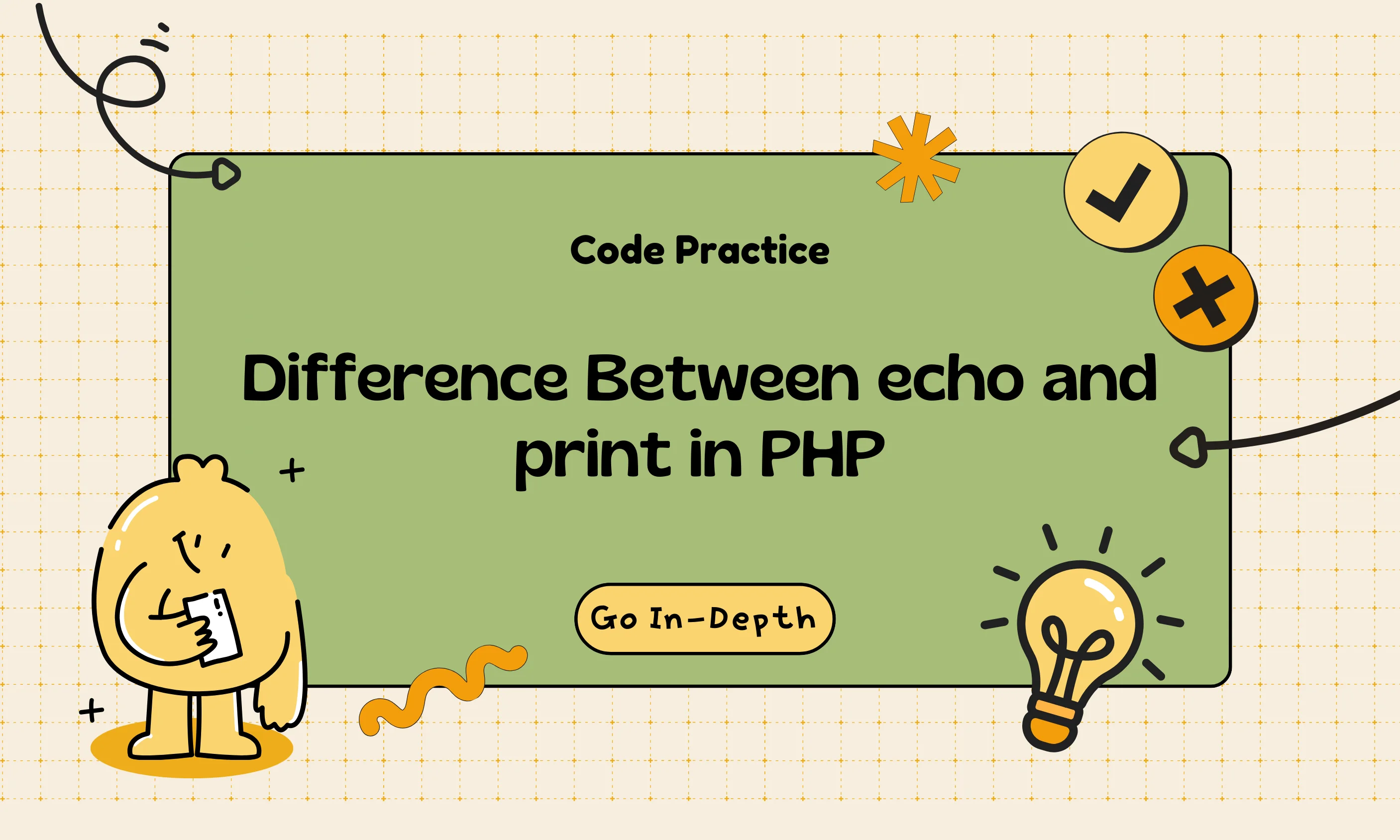
20 August 2025
Difference Between echo and print in PHP
Learn the key difference between echo and print in PHP. Explore syntax, return values, speed, real-world examples, and FAQs in this beginner-friendly guide.
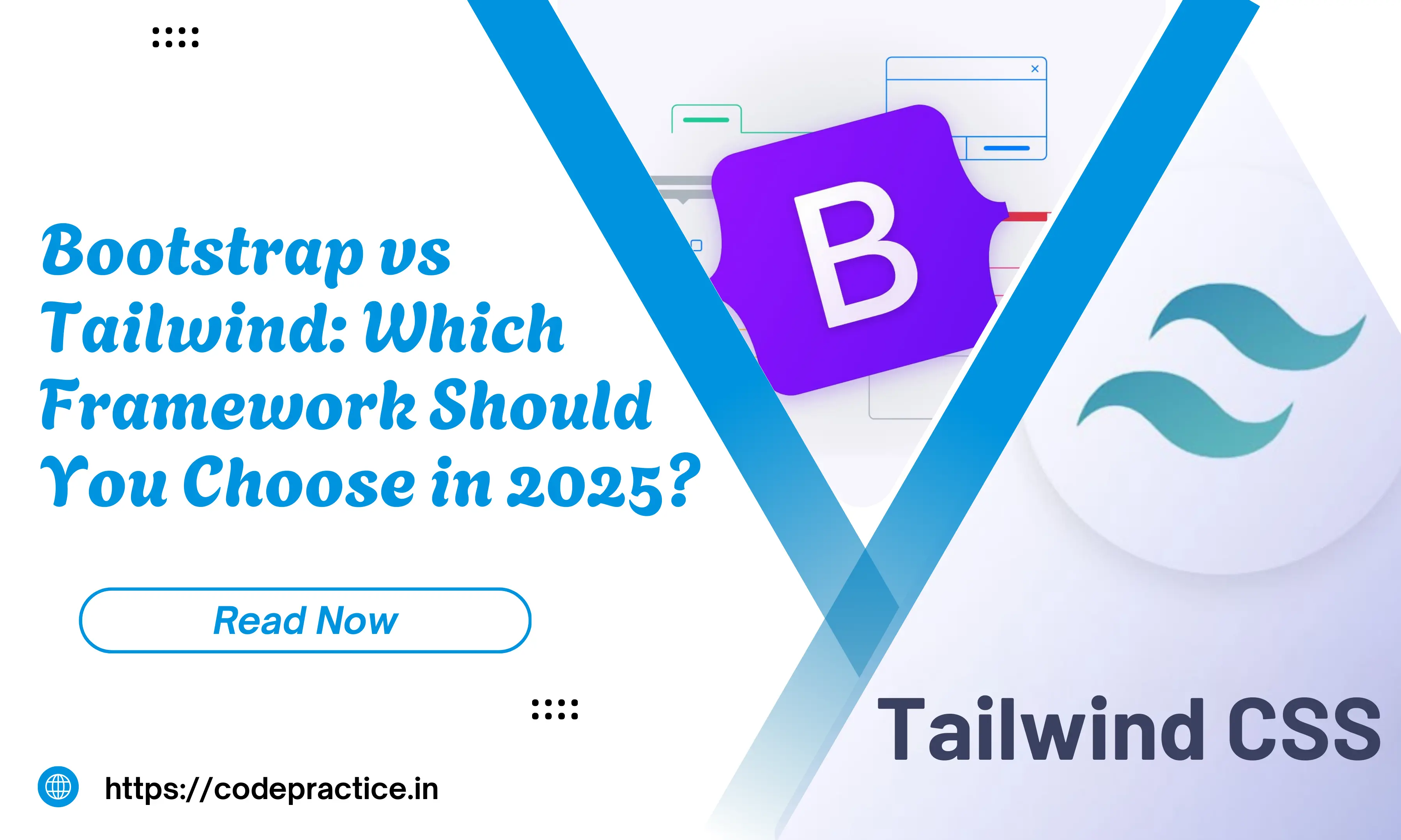
15 September 2025
Bootstrap vs Tailwind in 2025: Which CSS Framework Should Developers Choose?
Bootstrap vs Tailwind in 2025: Compare coding examples, pros and cons, performance, and real-world use cases to pick the best CSS framework for your project.
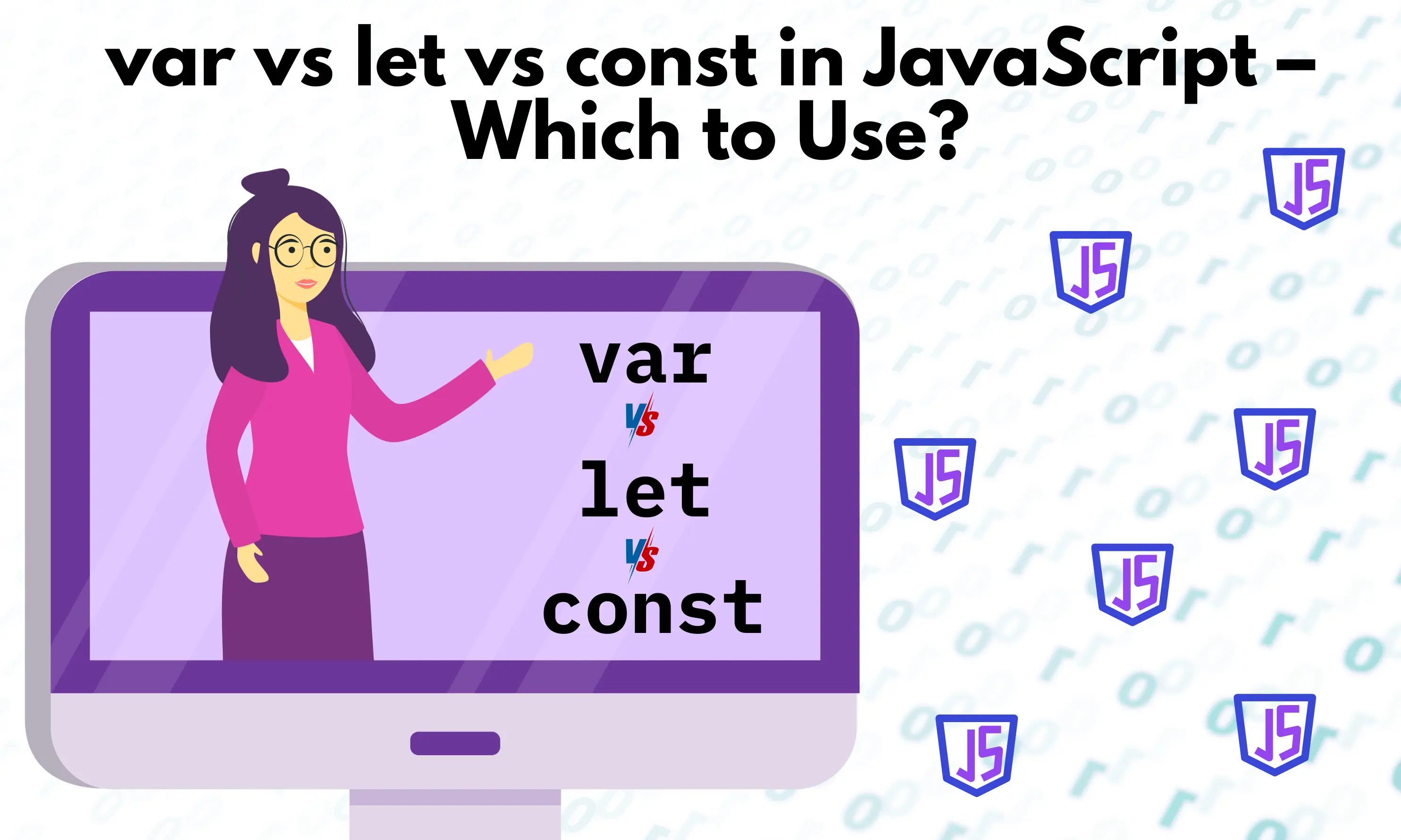
11 September 2025
Var vs Let vs Const in JavaScript – Key Differences, Example
Learn the differences between var, let, and const in JavaScript. Explore scope, hoisting, best practices, and real-world examples to know which one to use.

18 August 2025
Python vs Java: Which is Better for Beginners in 2025?
Python vs Java in 2025 — which should beginners choose? Compare ease of learning, jobs, salaries, and future scope in this complete beginner’s guide.
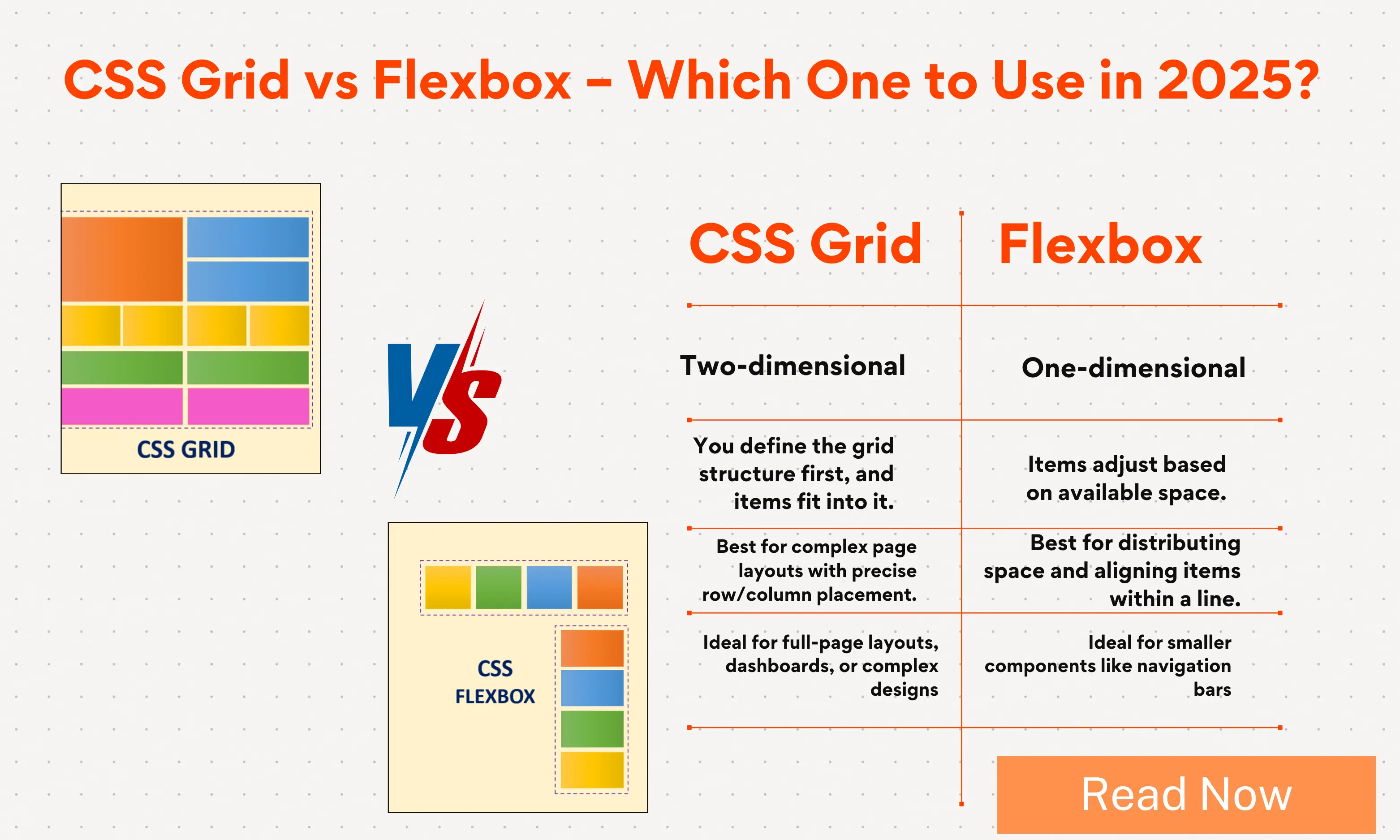
11 September 2025
CSS Grid vs Flexbox – Which Layout Should You Use in 2025?
Learn the difference between CSS Grid and Flexbox in 2025. Discover when to use each, real-world examples, and best practices for modern responsive layouts.
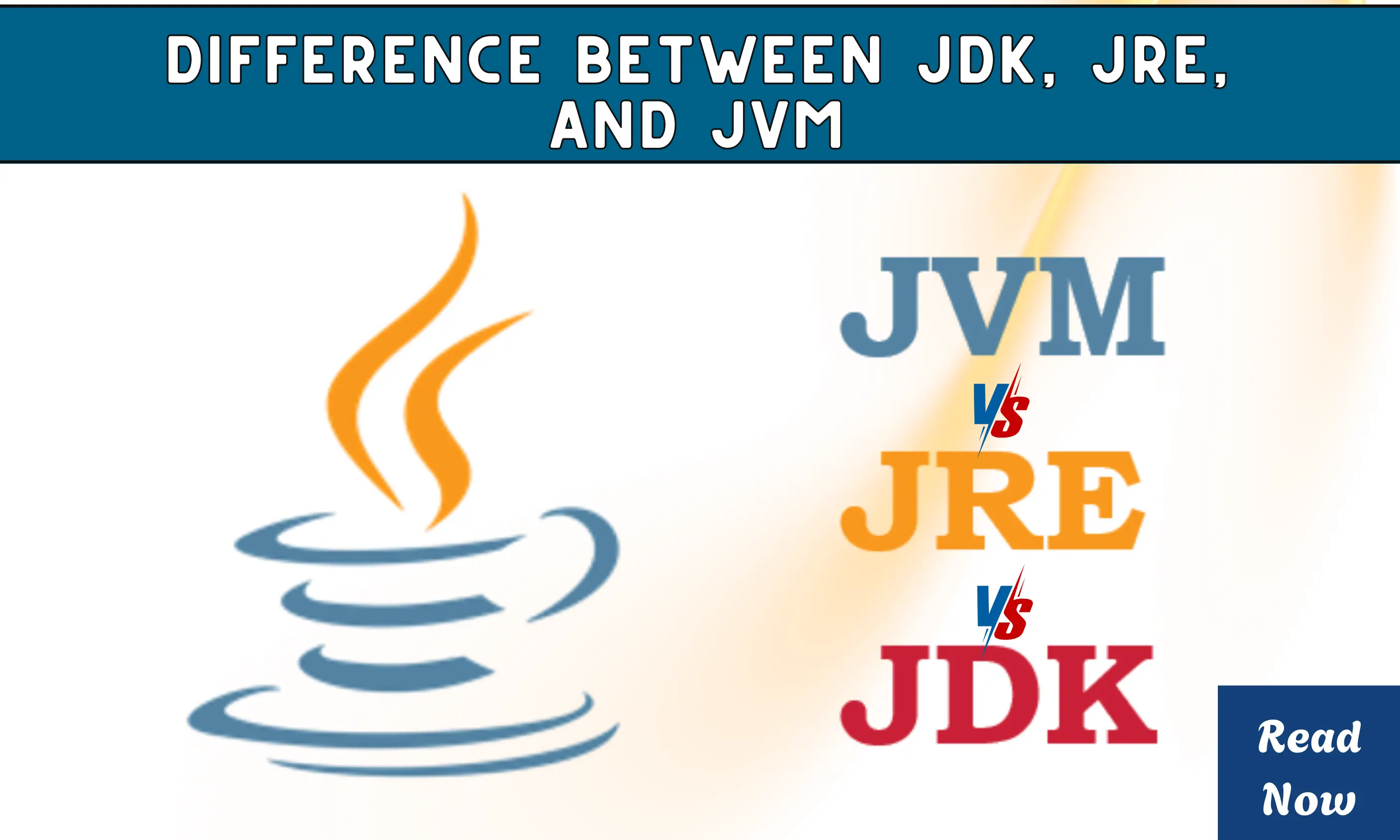
11 September 2025
Difference Between JDK, JRE, and JVM in Java for Developers
Confused about JDK, JRE, and JVM in Java? Learn the clear difference with examples, diagrams, and comparisons. Perfect guide for Java developers and students.

